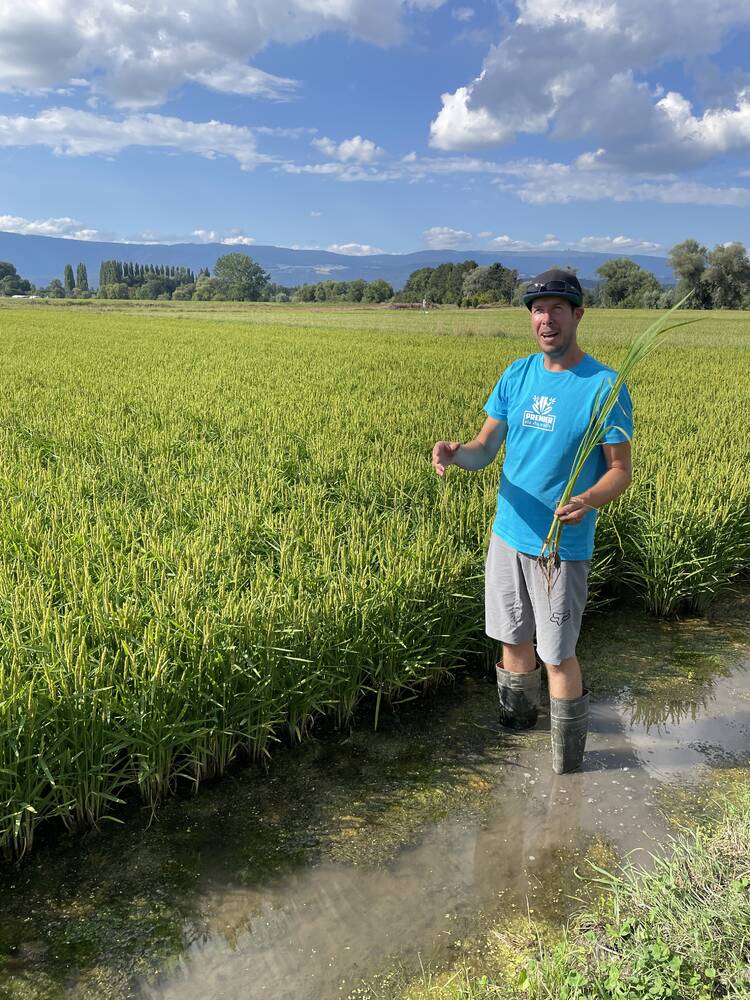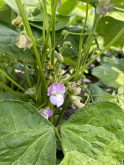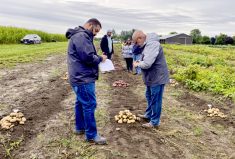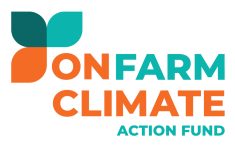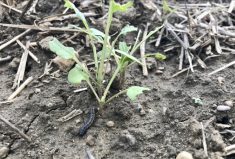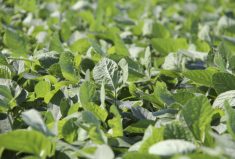Climate change brings new challenges to farmers in the form of extreme weather events, drought or excess moisture and new pests.
But warming temperatures are also helping agriculture push new boundaries. In Europe, for example, farmers are experimenting with crops they weren’t able to grow in the past.
Why it matters: Farmers are seeking new opportunities to grow crops closer to home due to global trade and supply chain uncertainties.
Swiss brothers Léandre and Maxime Guillod are third-generation vegetable growers and are among the first farmers to grow wet or paddy rice north of the Alps. They are considered pioneers of this crop in Switzerland.
Read Also
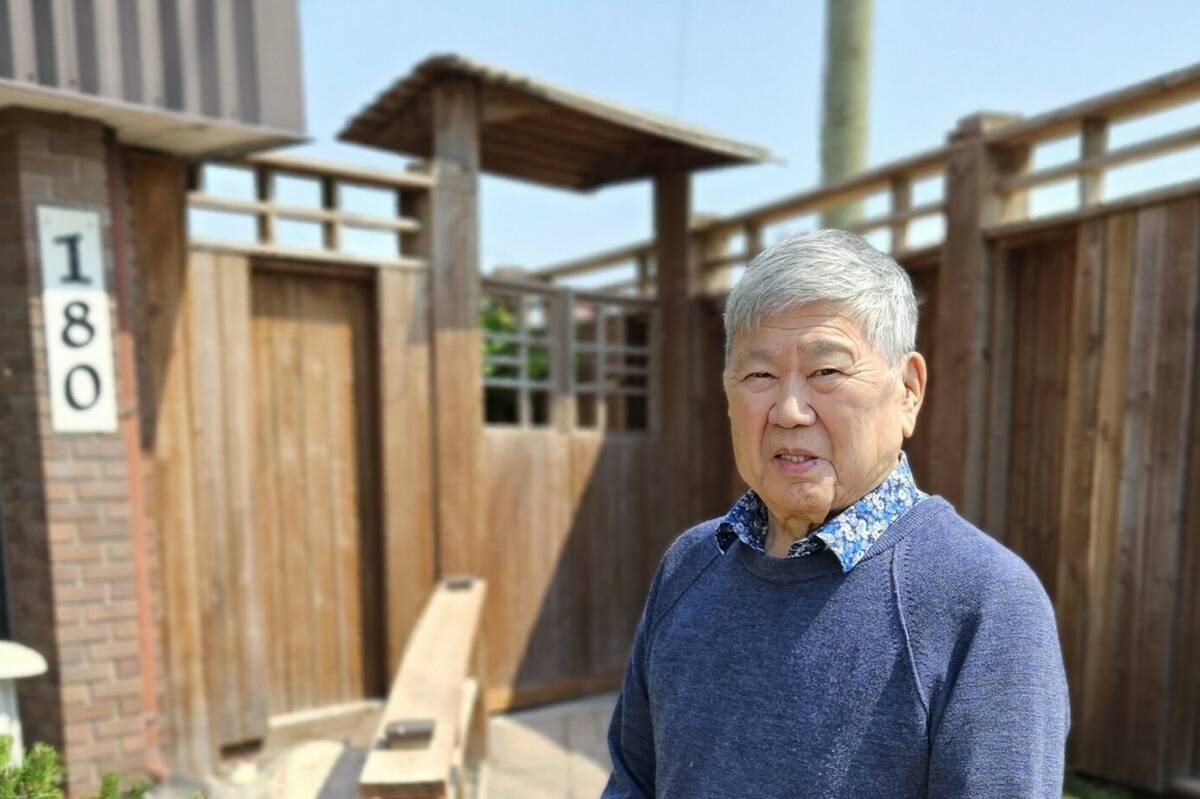
The forced Japanese-Canadian farmers of the Second World War
Manitoba’s sugar beet farms drew on displaced Japanese-Canadians from B.C. during the Second World War
“For us, growing rice is a response to climate change,” said Léandre during a tour of his farm in August. “It wouldn’t have been possible here 30 years ago. The weather was too cold.”
The brothers farm near Lake Murten, west of Bern, and after planting their first test crop in 2019, they now grow five varieties of wet rice on 27 acres. Their home-grown seedlings are transplanted into fields in May using a machine imported from Japan.
The water level steadily increases until it reaches about 15 centimetres by the end of June and starts to drop again once the plants have flowered in August. In addition to controlling weeds, the flooded fields prevent soil diseases and promote biodiversity by offering wetland areas and habitat for native species.
After harvest with a specialized combine, the crop is milled and packed on the farm and sold as a specialty product. The rice provided one third of the farm’s income last year, Léandre noted.
One key to successful marketing has been defining the farm’s story — family farming, innovation, fair price for farmers and biodiversity — and using that to attract customers.
“As the farmer, we have the most risk, the most labour and the least margin, so we try to control the whole production value chain,” he said.
“Our goal is to support two families, pay our costs and have money for investments; sustainability must also be social and economic, not just environmental.”
The hunt for new crop opportunities is also on in Spain, a country known as one of the market gardens of Europe because of its warm and sunny climate. There, scientists at La Mayora, the Institute for Subtropical and Mediterranean Fruit at the University of Malaga, are working with coffee, cacao, lychee, papaya and vanilla.
“We are seeing an increase in minimum temperature in the winter and also higher peaks in high temperatures in the summer (in Spain),” said Inaki Hormaza, professor of subtropical fruit crops, during a tour last winter.
“The idea is to have diversity in crops and to extend the growing season for farmers. We bring material of interest and test for a few years and tell growers what we recommend.”
The institute, which has 123 acres of subtropical fruit crops and greenhouses, started its work in the 1960s by introducing California strawberry hybrids to Europe. This was followed by avocados and mangoes. Spain is now Europe’s leading avocado producer and the only European country growing mangoes outdoors.
“We have 81 mango varieties in our collection, and we grow four here,” Hormaza said.
Today, there are trials with crops new to Spain, like a seedless, cool climate high sugar papaya, arabica coffee and a Japanese loquat. According to Hormaza, the goal is to find crops that can successfully be grown closer to home, reducing the carbon footprint of the food supply and giving growers new market opportunities.
Work on existing crops is ongoing to make them more resilient and sustainable. For example, the avocado genome is being sequenced to find genes related to pollination, drought and water use, an essential resource that is increasingly scarce in southern Spain.
“Our goal is to reduce the water footprint and use less water, and to increase productivity and also have better pollination of trees.”



